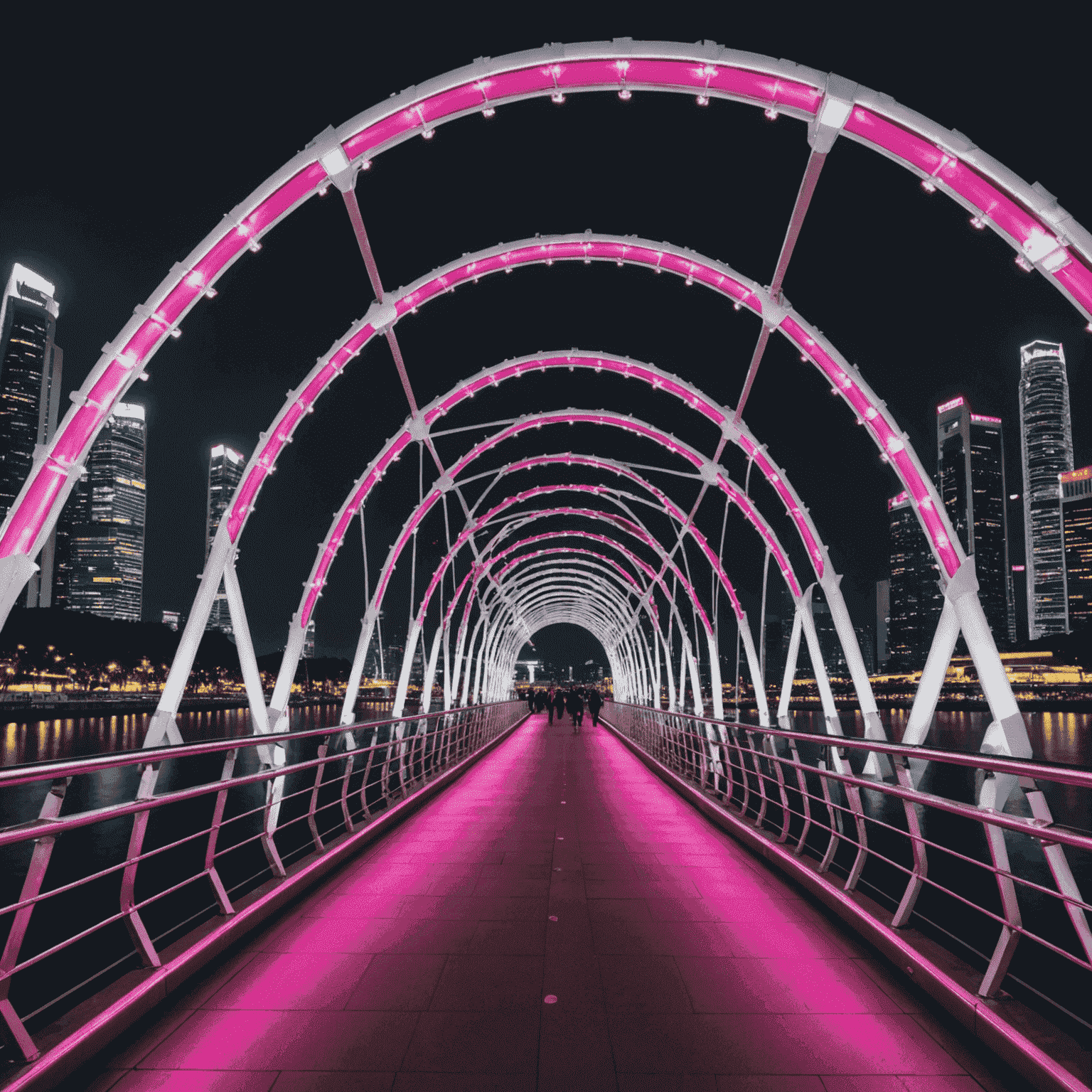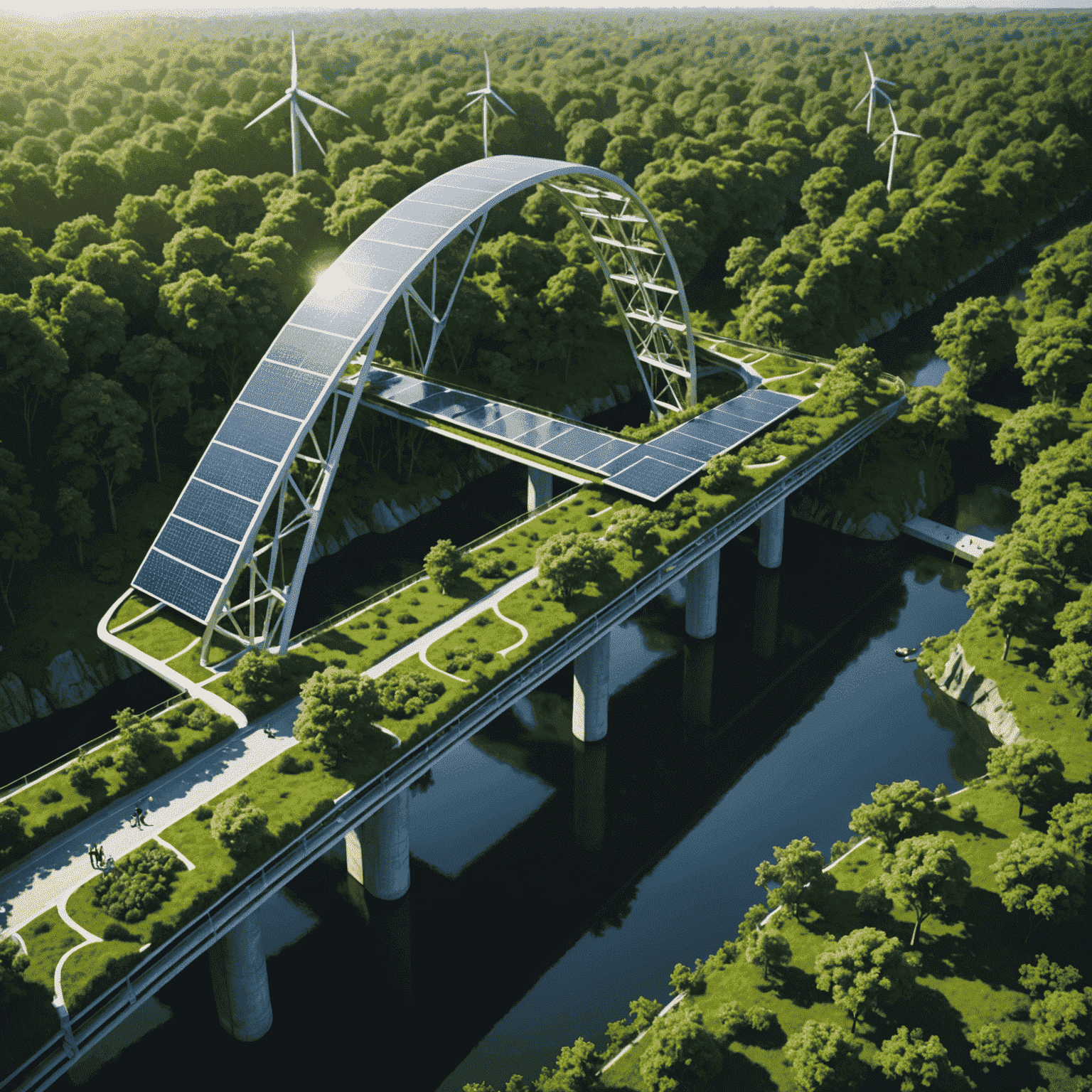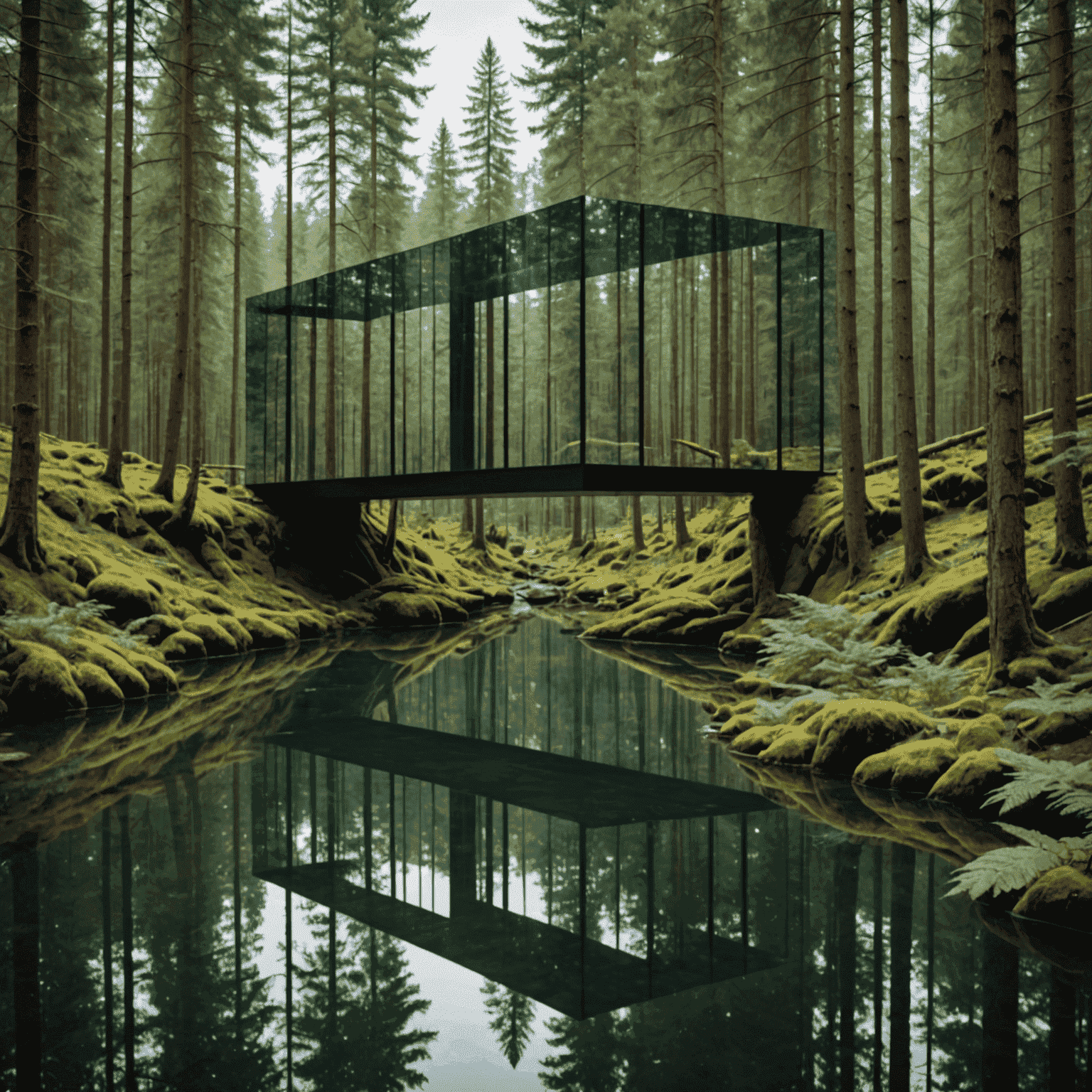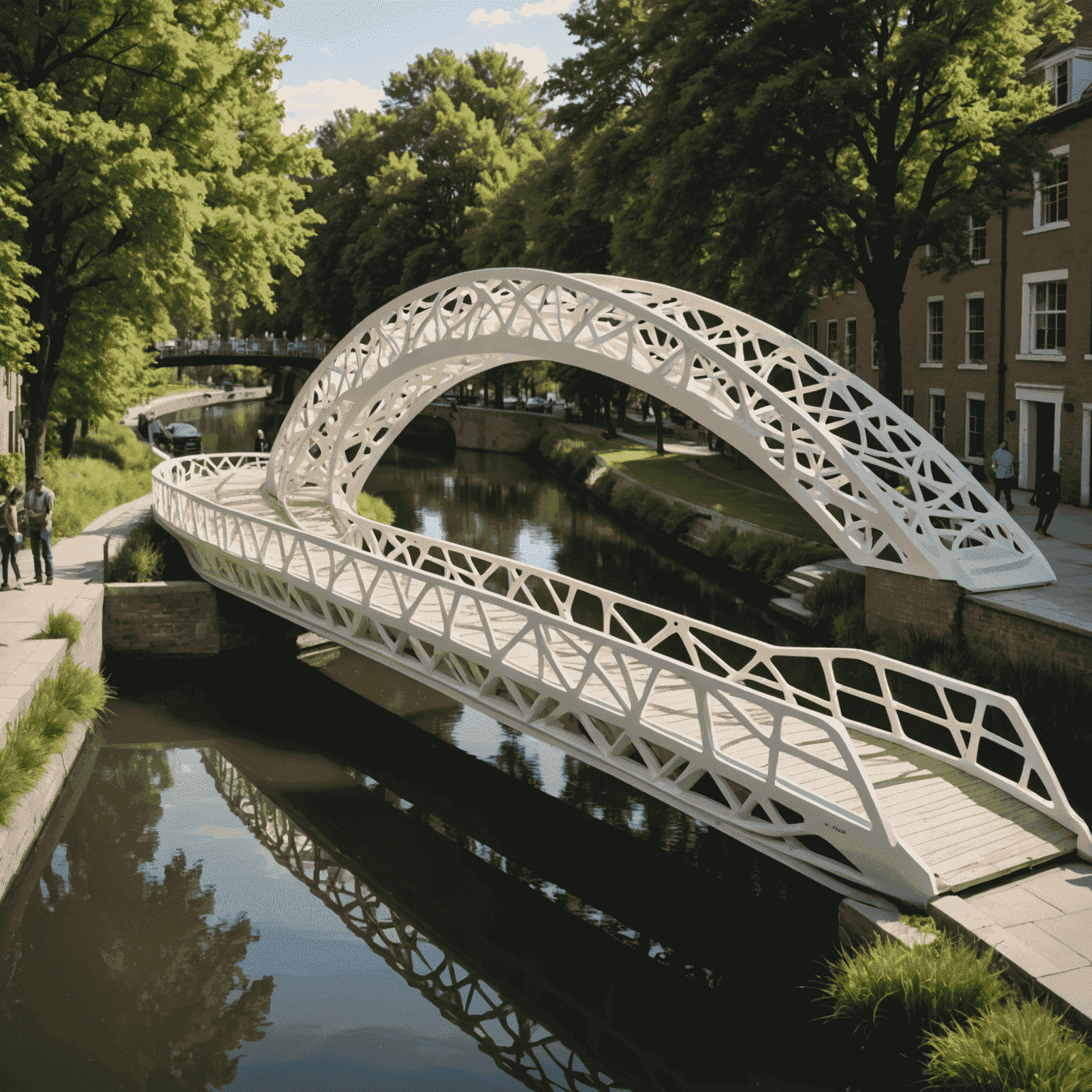Innovative Bridge Designs: Pushing the Boundaries of Engineering

In the world of modern architecture and engineering, bridges stand as testament to human ingenuity and technological advancement. Today, we explore some of the most cutting-edge bridge designs that are reshaping our urban landscapes and challenging our perceptions of what's possible in structural engineering.
1. The Helix Bridge: DNA-Inspired Marvel

Singapore's Helix Bridge draws inspiration from the DNA double helix structure. This pedestrian bridge not only serves as a functional crossing but also as an iconic architectural landmark. Its intricate steel mesh design, illuminated by a sophisticated lighting system, creates a mesmerizing visual spectacle.
2. The Living Bridge: Eco-Friendly Innovation

Imagine a bridge that not only connects two points but also generates its own energy and supports diverse ecosystems. The concept of 'living bridges' is gaining traction, with designs incorporating solar panels, wind turbines, and even spaces for urban farming. These bridges aim to be self-sustaining and contribute positively to the environment.
3. The Morphing Bridge: Shape-Shifting Wonder

Advancements in materials science and robotics have led to the concept of shape-shifting bridges. These innovative structures can alter their form to accommodate different types of traffic or weather conditions. Imagine a bridge that can flatten for cars and pedestrians, then rise to allow ships to pass underneath – all without interrupting the flow of traffic.
4. The Invisible Bridge: Blending with Nature

Some of the most innovative bridge designs aim to minimize visual impact on the environment. Using materials like glass and mirrors, these 'invisible bridges' create an illusion of disappearing into the landscape. They offer a unique experience for users while preserving the natural beauty of their surroundings.
5. The 3D-Printed Bridge: Manufacturing Revolution

3D printing technology is revolutionizing bridge construction. These bridges can be designed with complex geometries that were previously impossible or too costly to build. 3D-printed bridges are not only aesthetically unique but also offer advantages in terms of material efficiency and reduced construction time.
Conclusion: Bridging the Future
As we continue to push the boundaries of engineering and design, bridges are evolving from mere functional structures to works of art and marvels of technology. These innovative designs not only connect physical spaces but also inspire us to think differently about our built environment. The future of bridge design is bright, promising structures that are more sustainable, adaptable, and integrated with our ever-changing urban landscapes.